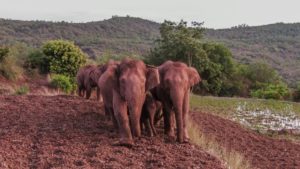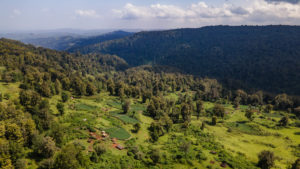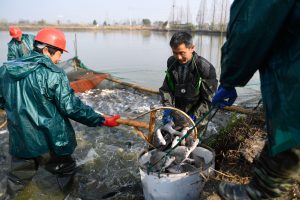After an almost four-year marathon discussion and multiple postponements, the final part of crucial biodiversity negotiations will be held in Montreal from 5–19 December.
The 15th Conference of the Parties (COP15) to the UN Convention on Biological Diversity is expected to adopt a plan for worldwide action to reverse the alarming trend of biodiversity loss by 2030.
Global negotiations on the plan, which is known as the Post-2020 Global Biodiversity Framework (GBF), have achieved some progress. There has been greater consensus on its overall structure, broad support for a target to protect 30% of land and sea, an unprecedented recognition of right-based approaches, and of the need to enhance synergies between the biodiversity and climate regimes.
However, many substantive and qualitative issues on the effectiveness and equity of the GBF remain to be agreed upon at the COP.
Slow progress and parties’ unreadiness to compromise in preparatory meetings have caused deep frustrations and widespread concern among delegates and civil society. Six issues in particular are on the table for negotiators.
Ambition: the GBF and the 30 by 30 target
The UN biodiversity convention has three official objectives: the conservation of biodiversity, its sustainable use, and the equitable sharing of the benefits derived from the use of genetic resources. Therefore, while the primary objective of the GBF is to achieve harmony between humans and nature, its four goals and 22 targets must address all three objectives in a balanced manner.
Still, through the successful mobilisation of the High Ambition Coalition for Nature and People (HAC), led by Costa Rica and France, the target to protect 30% of land and sea areas has come to embody the environmental ambition of the GBF and COP15. The framing of this target seeks to emulate the focusing role that the 2C global warming limit played in the negotiation of the Paris Agreement. The target would see protected areas increase from 15% of land and 7% of the ocean to 30% for both by 2030. Remarkably, the principle of the target has already gathered virtually universal support.
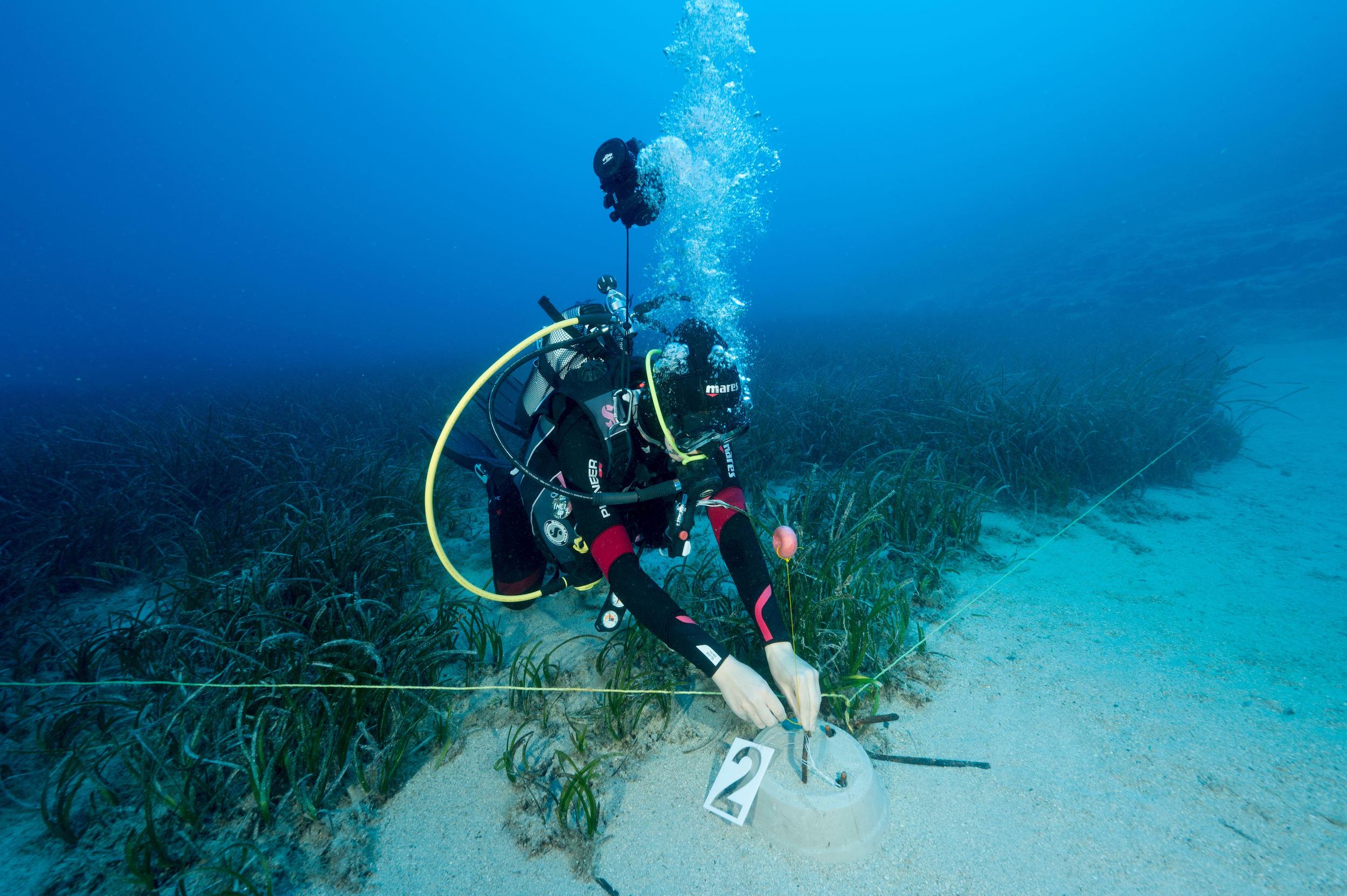
However, its precise contents remain the object of sharp disagreements and bargaining chips among parties. The most contentious issues revolve around the inclusion or not of areas beyond national jurisdiction, access rights to protected areas by indigenous people and local communities, and the provision of means of implementation to ensure effective protection within protected areas and OECMs.
It is unlikely that any global consensus will be finalised on this flagship 30 by 30 target until all the other elements of the GBF are agreed upon.
Teeth: Review and compliance mechanisms
In 2018, COP14 acknowledged that none of the CBD targets adopted in Aichi, Japan, back in 2010, had been achieved. According to many, a key reason for this failure was the absence of a mechanism to monitor and review the implementation of the targets by country governments.
The post-2020 GBF is expected to remedy this situation. It will do this by establishing a comprehensive, science-based monitoring framework, by committing parties to integrate the GBF goals and targets in their National Biodiversity Strategies and Action Plans (NBSAPs), and by committing them to periodically report on their progress in a transparent and comparable manner.
However, discussions have been fraught with controversies on the way in which the differentiated responsibility of various countries towards the achievement of the GBF targets should be acknowledged in the NBSAPs and national progress reports, as well as their multilateral review.
A key stumbling block that parties will have to overcome at COP15 is whether to adopt a regular global review or “stocktake”. Some biodiversity-rich developing countries fear this could be turned into a forum for blaming and shaming, trampling on their sovereign right over their national resources and obliterating the responsibility of developed countries to provide sufficient means of implementation.
Fuel: Means of implementation
Another widely acknowledged reason for the failure of the Aichi targets is the conspicuous inadequacy of the means of implementation, especially in developing countries. According to current financial estimates, existing investment needs to at least triple by 2030 and quadruple by 2050 to meet the funding gap for global biodiversity protection.
Therefore, like in the climate negotiations, a key issue that COP15 will need to solve is how to provide access to sufficient financial and non-financial (science, technology, techniques) resources for biodiversity protection in developing countries.
Many developing countries, including the African Group, have insisted on the need to establish a new Global Biodiversity Fund with a more focused mandate covering all CBD’s goals (not just conservation) and simplified procedures to access the funds and fast-track implementation. This approach is sternly opposed by donor countries which fear institutional sprawl and prefer to continue working with a (reformed) Global Environmental Facility (GEF). But the argument that “more funds do not mean more funding”, has failed to convince developing country counterparts.
Much more will need to be put on the table at COP15 to convince all developing countries to sign up for an ambitious GBF
Issues of responsibility and equity are also tremendous hurdles to overcome. While developed countries have insisted on the need to enlarge finance provision to non-state actors and reduce harmful subsidies under a principle of “alignment of all financial flows” towards “nature-positive” outcomes, many developing countries still consider official development assistance (ODA) the most predictable and stable source of global financial income and insist on the responsibility that developed countries have to provide it. Although some commitments have been made by several parties including Japan, the EU, and China, as well as a series of private and financial actors, much more will need to be put on the table at COP15 to convince all developing countries to sign up for an ambitious GBF.
Safeguard: Right-based approaches
More than any before, these negotiations have endorsed the argument made by civil society groups that effective conservation requires upholding the rights of various social groups, particularly marginalised ones such as women and indigenous people and local communities (IPLCs).
Multiple interventions have been made by delegations and civil society actors on virtually every target and section of the GBF to include references on the safeguarding and promotion of these rights. As a result, over the past months, an additional target on gender (Target 22) and a new section on “principled guidance and cross-cutting issues” (B.bis) have been added to the GBF.

Moving forward towards the finalisation of the GBF, heated debates can be expected regarding the specific contents of section B.bis and its overall status in the GBF.
Relatedly, a key issue will be to decide whether and which targets and goals still need to bear a specific reference to these rights. Many civil society organisations have expressed concerns that section B.bis might serve to expel such rights from actionable targets, and that this would weaken their operationalisation.
Joker: Digital sequence information
Another issue that initially appeared peripheral to the core of the GBF has become central to the negotiation over the past two years: Digital Sequencing Information (DSI) – which broadly refers to genetic sequences that are stored and transferred digitally.
Developing countries have claimed that DSI should be understood as part of genetic resources and therefore included in the access and benefit-sharing (ABS) mechanism of the CBD, as well as related provisions of the GBF. The African Group has repeatedly claimed that they would not adopt the GBF if the issue of the benefit-sharing solution were not satisfactorily addressed.
However, developed countries, especially those that host most of the publicly accessible biological databases and related research and developers, have insisted on maintaining open access to these data. They have opposed solutions that would affect this access and advocated for a stepwise approach and extensive multistakeholder dialogue to continue beyond COP15.
Limited consensus has been achieved despite intensive consultations under the Open-ended Working Group. A series of policy options have been examined by experts. But considering the scientific and financial interests at stake, it is unlikely that parties will be able to settle on one of them at COP15. The crucial point then will be whether parties can agree on a near-term pathway to reach a satisfactory long-term solution.
Bridge: Biodiversity and climate change
The Covid pandemic has heightened understanding that the climate and biodiversity crises are intertwined. It has become clearer that they must be addressed in tandem to avoid trade-offs (for instance, by promoting nature-based solutions to climate change that cause harm to biodiversity) and increase synergies (for instance, by driving the relatively more abundant climate finance towards ecological restoration projects to enhance both climate resilience and biodiversity). Biodiversity COP15 and climate COP27 have been considered key windows for developing a coherent policy framework and aligning approaches and targets.
Certain progress has been made. For instance, the IPBES and the IPCC, the supporting scientific bodies of the biodiversity and climate conventions, respectively, have issued a joint report which highlights how nature-based solutions (NbS) offer a way forward to achieve global climate and environmental ambitions. COP27 witnessed a series of initiatives related to protecting biodiversity, such as ENACT. Options to coordinate funding approaches across the convention’s financial mechanisms have also been put on the table.
The 30 by 30 target of the post-2020 GBF has been hailed by some as an important vector to promote nature-based solutions to climate change. However, in the GBF, it is Target 8 that directly addresses the climate issue. But this target, as well as the concept of “NbS”, have proven highly controversial in the context of the CBD.
Several delegations, as well as some civil society actors, have argued that the CBD concept of ecosystem-based approaches should be used instead, and that any framing that would result in subordinating biodiversity protection to the fight against climate change could derail its purpose and pave the way to “carbon colonialism”.
Challenges and opportunities for China’s presidency
COP15 is the first major global environmental event presided over by China. In the past two years, it has participated, alongside other actors, in keeping the political momentum of biodiversity negotiations going amid severe constraints brought on by the pandemic. Among China’s contributions, the organisation of COP15 part one in Kunming was a key milestone at which the Kunming Declaration was adopted and the 1.5 billion yuan (US$233 million) Kunming Biodiversity Fund was announced. Subsequently, China recognised the need for and supported the organisation of additional negotiation sessions in Geneva and Nairobi, while continuously communicating with the CBD Secretariat and representatives from other parties, such as the EU, Indonesia and Canada.
However, due to the restrictions imposed by its zero-Covid policy, the decision was taken in June 2022 to relocate the COP at the CBD secretariat in Montreal, Canada. Although co-hosting is not unprecedented, it raises questions about China’s willingness and capacity to exercise leadership to reach an ambitious agreement.
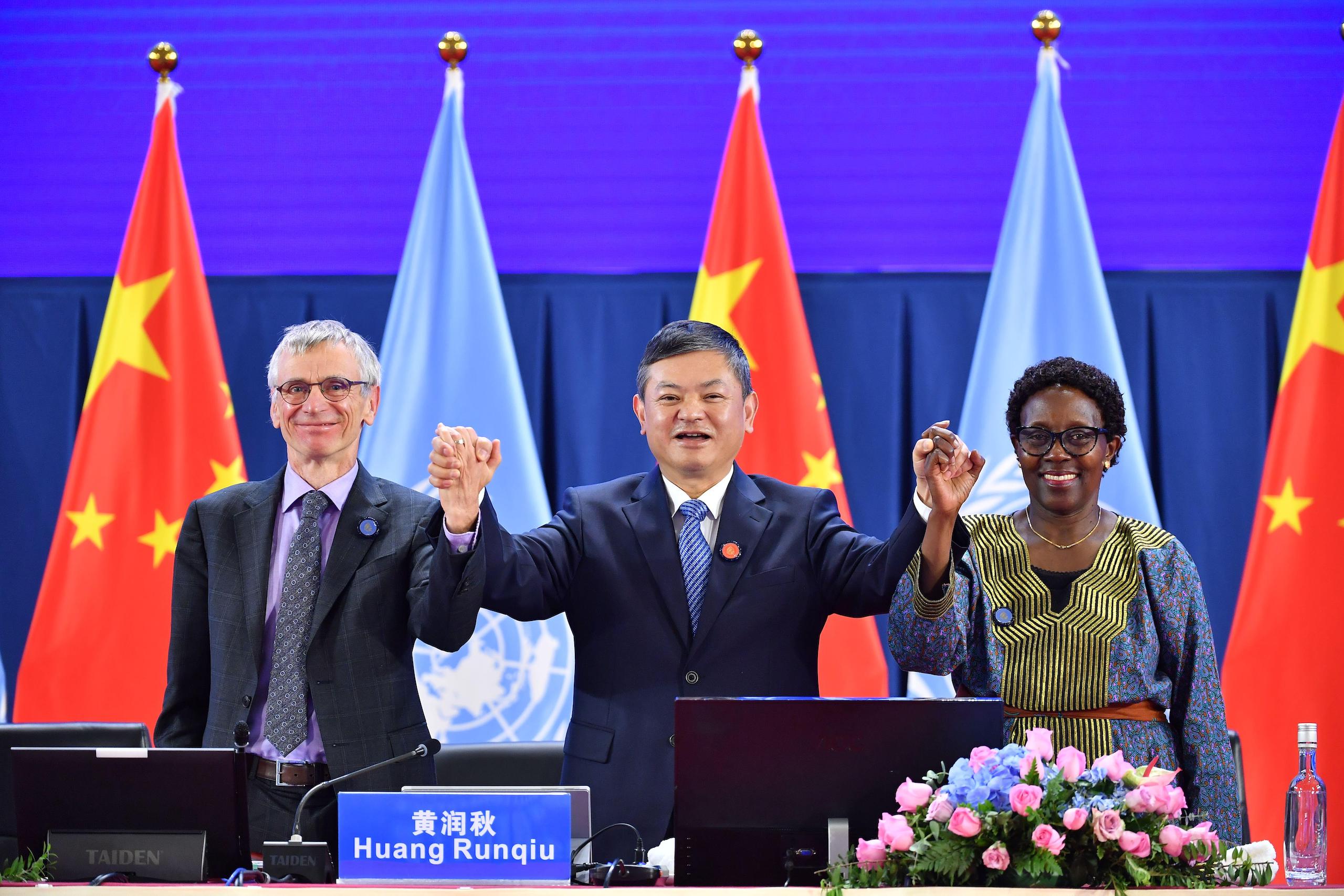
In previous negotiations, China gradually became more vocal on certain issues. These included its opposition to the designation in the CBD of Ecologically or Biologically Significant Marine Areas beyond national jurisdiction and to their inclusion in achieving the 30 by 30 target (Target 3 of the GBF), and its insistence on the need to maintain flexibility for developing countries in the way they use the GBF’s monitoring framework indicators.
At times, it also put forward some attempts to compromise between the global north and south camps, such as by accepting both NbS and Ecosystem Approaches, or by indicating its support for addressing Digital Sequencing Information in the GBF while also supporting the stepwise approach. However, on most negotiation items, it mainly adopted a back-seat, observer position, while other parties were much more assertive and engaged.
Since the beginning of the negotiations, China has said that it would strive for an ambitious, practical and balanced post-2020 GBF. In a recent interview, Cui Shuhong, the director of the Department of Nature and Ecology Conservation at China’s Ministry of Ecology and Environment added the term “achievable” to this list, signalling a somewhat tuned-down ambition level for the COP.
Tremendous efforts by all parties will be needed to avoid the long-awaited COP15 ending up as yet another missed opportunity for reconciling humanity with the rest of nature.


